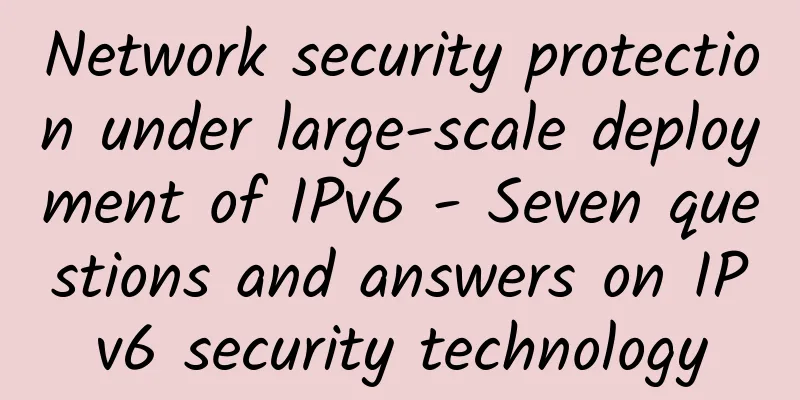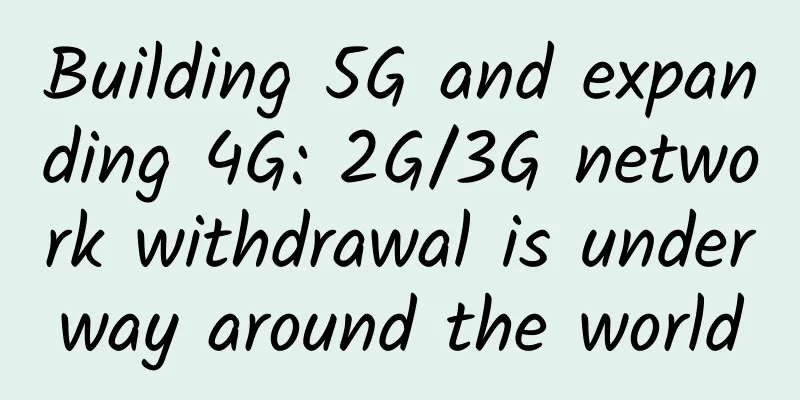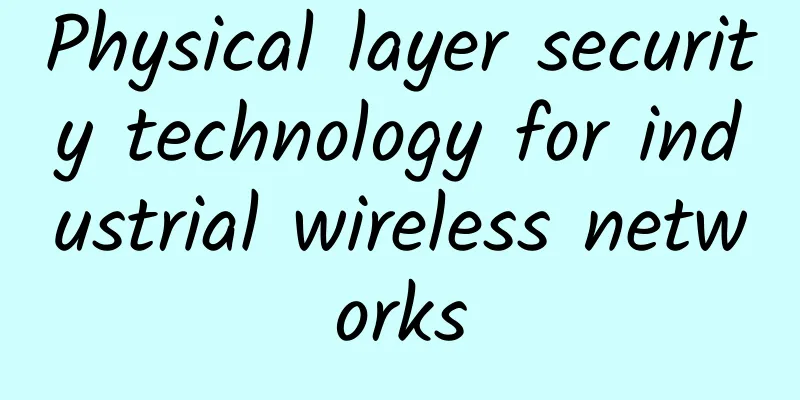5G: The need for better security

|
5G is 100 times faster than today’s mobile 4G, and even 10 times faster than the fastest fiber-optic home broadband service available today—it’s actually fast enough to download a 4K HD movie in seconds. In addition, 5G will feature ultra-low latency, which opens the door to a new era of instant, always-on connectivity between systems. All of these advantages enable a wider range of applications, services, and devices to make our lives easier, more efficient, healthier, and safer.
These applications cover areas such as self-driving cars, telemedicine, smart agriculture, smart manufacturing, and tens of billions of devices will be connected via 5G, enabling real-time control from pet locations to wearable medical devices. Cars and trucks will be able to communicate with each other for real-time navigation and accident avoidance; telemedicine and remote surgery will become more common; and the widespread use of automation and robots will become commonplace in various industries. It is predicted that the industrial revolution triggered by 5G will create $12 trillion in output value for the global economy in the next 15 years. As a result, businesses and governments around the world are racing to deploy 5G networks and solutions. However, there is a problem: the hyper-connected world promised by 5G also provides criminals with unlimited opportunities to launch cyberattacks and cause damage and even loss of life. 5G, is there a risk? Concerns about 5G security are not overstated, especially given the devastating attacks we’ve seen over the past three years, even before 5G networks were launched:
Malware, online identity theft, data breaches, and other cyberattacks against businesses, critical infrastructure, healthcare organizations, and consumers have become so commonplace that we no longer take them by surprise. Furthermore, adding billions of devices with ultra-fast, always-on connections to our online world will further introduce unprecedented security risks to network and cloud infrastructure, the applications that run on them, and the devices—something we must avoid. Meeting the security challenges of 5G So what specific security challenges will 5G networks and devices bring? Although 5G's enhanced data encryption and better authentication of network users are improvements over 4G technology, it also brings new risks. Security challenges are mainly reflected in two aspects: 1. Lack of access control and threat visibility 5G networks are distributed, with devices connecting directly to the internet through service providers. As 5G devices become more common in offices, factories, and hospitals, the risk of data breaches and attacks will increase dramatically as communications with these devices bypass corporate networks and their security controls. Similarly, employees using 5G mobile devices to access cloud-based corporate resources will increase the risk of data breaches. 2. Easily accessible, vulnerable devices Tens of billions of smart devices will be connected to 5G networks, and only a small fraction of them will have security features beyond passwords. The examples mentioned above show that these devices are vulnerable to being used for snooping or launching attacks. In addition, a recent survey by Check Point showed that 90% of organizations have unapproved shadow IoT devices on their networks, in many cases connected without the knowledge of IT or security teams. The upshot is that while 5G will revolutionize connectivity and communications, it will also be more vulnerable to attack than existing networks. So the question is, how can organizations go about securing their 5G deployments to defend against these new vulnerabilities and attacks at both the network and device level? What is needed is a different approach to security. Because 5G will connect users and applications across mobile devices, endpoints, networks, clouds, and the Internet of Things, advanced threat prevention capabilities must be in place to protect all of these types of assets, wherever they are located. This requires a unified security architecture that works across all platforms and uses unified threat intelligence at every execution point to prevent known and unknown threats from infiltrating the network fabric. This ensures consistent security while being fully scalable to handle the massive bandwidth that 5G brings. What about the billions of IoT devices on 5G networks? These devices will span industries such as medical, industrial, smart buildings, automotive, and more. Given the sheer volume and diversity of devices (many of which have extremely limited or zero security capabilities), organizations need a simple way to deploy and manage security on any type of device. One of the best ways to innovate is with micro-plugins that work on any device or operating system in any environment. These micro software agents control every attribute of the device going in and out of the 5G network and connect to a unified security architecture for enhanced protection. In summary, 5G will make the world more connected and is expected to bring huge benefits to industries, agriculture, health and social care, etc. But this connectivity is also an open invitation to hackers and criminals, so organizations need to deploy agile protection measures that can keep pace with the capabilities of 5G networks to help them safely realize the full potential of 5G. |
<<: Report: 5G will become one of the most influential technologies from 2020 to 2025
>>: How do base stations go to the sky?
Recommend
3 IT monitoring trends for 2021
The outbreak has put the reliability of websites,...
Edge computing and fog computing explained
By processing data at or near the source of the d...
AI identification and root cause location of 5G wireless problems help improve network quality
Author: Zhang Zhe and Chen Juanjuan, unit: Hebei ...
LisaHost: Los Angeles dual ISP/residential IP hosting 10% off starting at $61/month, triple-network AS9929 backhaul
LisaHost recently added a series of Los Angeles d...
Do you know all the HTTP protocols?
[[390013]] 1. HTTP protocol HyperText Transfer Pr...
A complete manual for troubleshooting network problems. You will never be afraid of problems again after reading this.
[[257179]] 1. Network complexity General network ...
RAKsmart: Hot-selling servers start at $46/month, bare metal cloud starts at $69/month, cluster servers start at $160/month
RAKsmart has launched a new month of promotions, ...
Huawei releases SD-WAN private line solution to build enterprise wide area interconnection with ultimate experience
At HUAWEI CONNECT 2017, Huawei released the SD-WA...
Huawei Cloud Double 11: Cloud server annual payment starts from 88 yuan, new and old users can receive up to 11,110 yuan in coupons
A few days ago, we shared the Double 11 event of ...
Seamless broadband experience: Unleashing the power of network services and infrastructure
Importance of Network Services Network services p...
How to keep a remote SSH session running after a disconnect
SSH (Secure Shell) is an end-to-end encrypted net...
5G security has become a focus, but do you really need 5G?
[[339455]] The latest insights from the Economist...
What should you consider before looking for an SD-WAN provider?
SD-WAN supports use cases across a variety of ver...
Understanding Cloud Networks in One Article
Enterprise digital transformation has promoted t...
HTTP methods and usage scenarios
HTTP (Hypertext Transfer Protocol) methods, also ...









